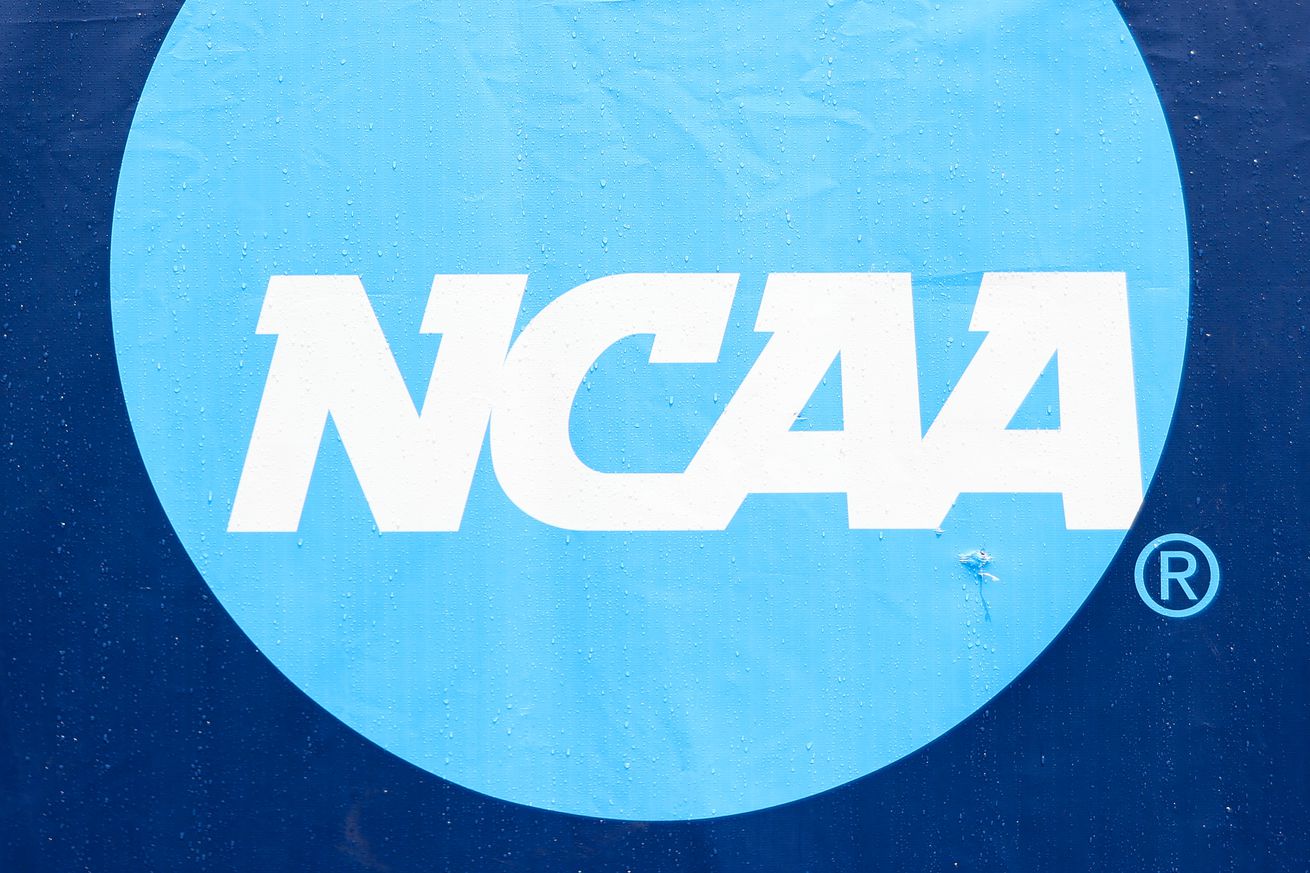
When there’s a weather delay in a college game, whether it be baseball, football or soccer, a countdown starts to when play can resume. But each time lightning is spotted within a certain proximity of the outdoor venue, that clock resets.
That’s how it had felt for athletic director Desiree Reed-Francois and her staff as they sat around waiting for a federal judge to sign off on a landmark settlement that is set to usher in a new era of college athletics.
“We have been preparing for this four months,” Reed-Francois said Saturday while attending Arizona baseball’s Super Regional series at North Carolina. “We’re ready to rock and roll. I’m so excited for that, that we’re actually here.”
Late Friday Judge Claudia Wilken gave formal approval to a settlement negotiated between the NCAA and several parties—House v. NCAA—that, among other things, will allow Division I schools to share up to $20.5 million worth of revenue annually with student-athletes. Those payments can start being issued on July 1. Arizona long ago opted into this settlement and have come up with a formula for how the revenue will be distributed.
Reed-Francois declined to break down the percentage going to each sport, though it’s expected that Arizona (like most schools) will give the vast majority to football with men’s basketball getting the next-highest amount followed by women’s basketball. She said the UA will be one of the few schools including softball in revenue-sharing.
“Whenever you’re implementing something of this magnitude, we know there are going to be bumps along the way, but we are trying to mitigate those risks and those bumps,” she said. “And like we said from the very beginning, we had three priorities when we developed our house implementation strategy: that was to be fair, very competitive and good physical stewards of our resources. So we think our program does that, and we look forward to now all systems are go.”
The settlement also ushers in a set of roster limits for each NCAA sport, along with the ability for schools to fully or partially fund scholarships for every spot. The biggest winner in that respect is baseball, which will go from having only 11.7 scholarships available to as many as 34, but that also means it can’t have more than 34 on the roster after previously having up to 40.
Football goes from 85 scholarships and unlimited walk-ons to a hard cap of 105 players, and men’s and women’s basketball can only have 15 players on the roster. This past season the UA men’s basketball team had 20 players including nine walk-ons.
One issue that had held up the settlement was a proposal to “grandfather” existing student-athletes from roster limits, so as to not have to cut a bunch from certain teams. Schools will have to designate which student-athletes are exempt from roster limits but they’re unlikely to be eligible for revenue sharing.
Additionally, the settlement creates a clearinghouse for all NIL deals separate of revenue sharing, requiring ones worth $600 or more to get approval. That applies to all deals signed as of Saturday, while ones signed before then have to be fully paid out by July 1 or the remaining payments have to get approved.
In theory, this is meant to keep schools from paying a large sum to a player to transfer and dismissing it as an NIL deal. The NIL Go clearinghouse will be administered by the new College Sports Commission, which will also be in charge of any enforcement issues.
“This settlement is progress,” Reed-Francois said. “Is it perfect?”
Reed-Francois believes this will put Arizona on a level playing field with all other D-I schools.
“We are a championship brand,” she said. “We can compete against anyone. We all have the same guidelines. We all have the same cap, $20.5 million, so now let’s take advantage of our natural advantages. Now there are uniform guidelines. That’s why we’re so optimistic. We recognize there’s going to be challenges along the way. This gives us one set standard, and we’ll compete with anyone.”